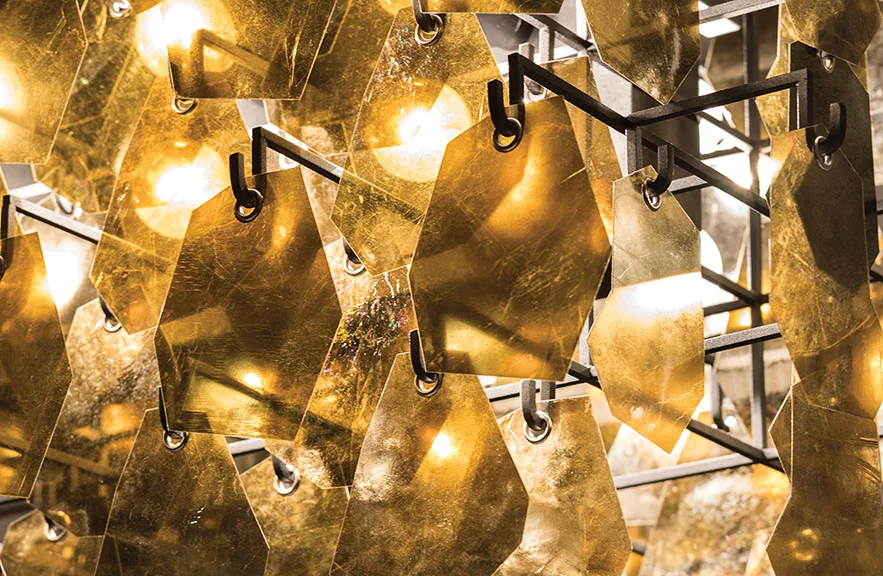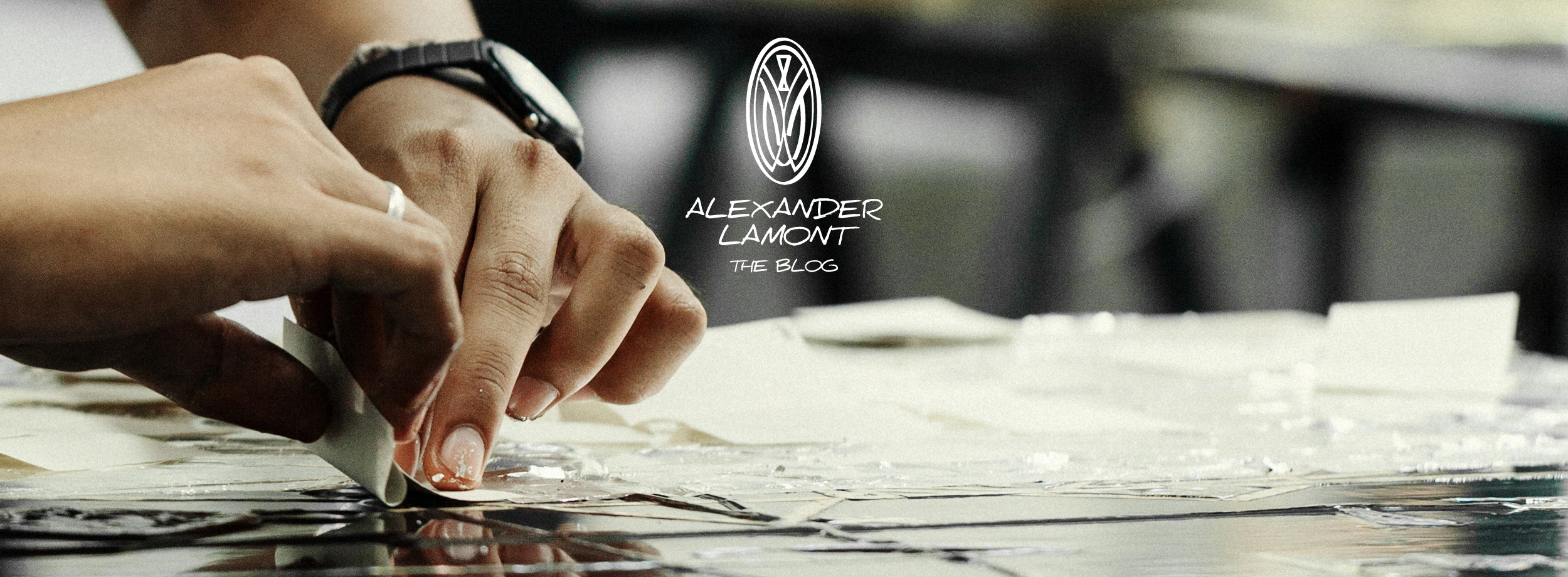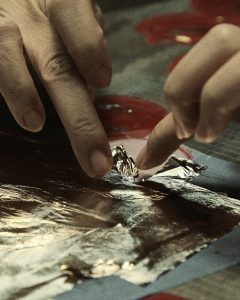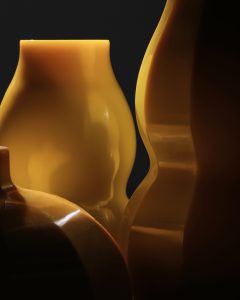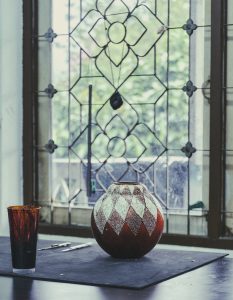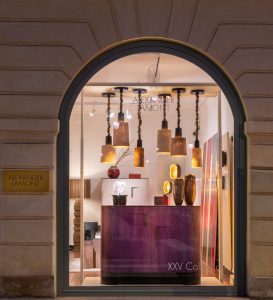Mica is among the most beautiful materials nature has provided. Neither a stone nor a resin, it belongs to an important class of rock-forming minerals; silicate. Mica’s unique iridescence, shine and translucent lustre have made it popular across a myriad of applications since antiquity.
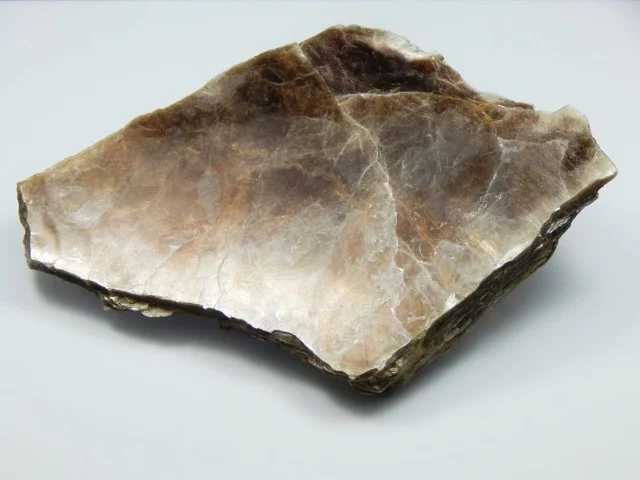
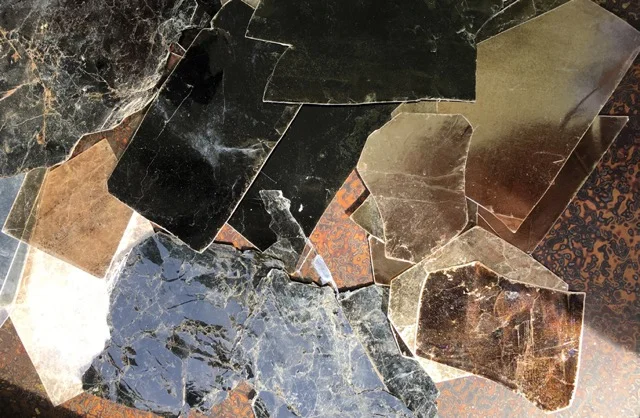
In powder form, its use can be traced back to pre-historic cave dwellings, Teotihuacan in Mexico City and ancient pottery by Native American Indians. Also found in a natural layered texture, mica can be delaminated into thin sheets and its opacity ranges from transparent to opaque. It is also called muscovite glass as it was a popular window material in Russia in the past. Today, mica can be found in makeup, car paint, electrical, wall-coverings and has a huge use as an insulating material to prevent fire. Furniture is a small, exclusive niche of mica’s use in today’s modern world as to work with mica requires skill and experience.
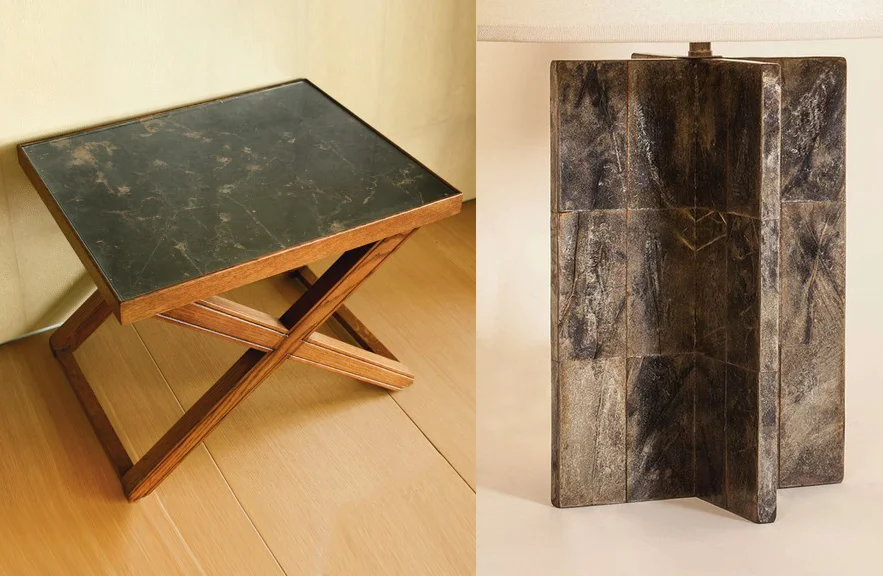
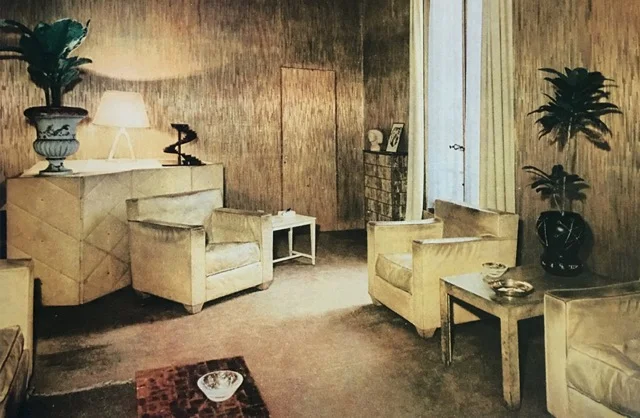
Some early twentieth century designers appreciated and worked with natural ‘humble’ materials lending them new applications as rich surfaces to furniture, lighting and accessories.
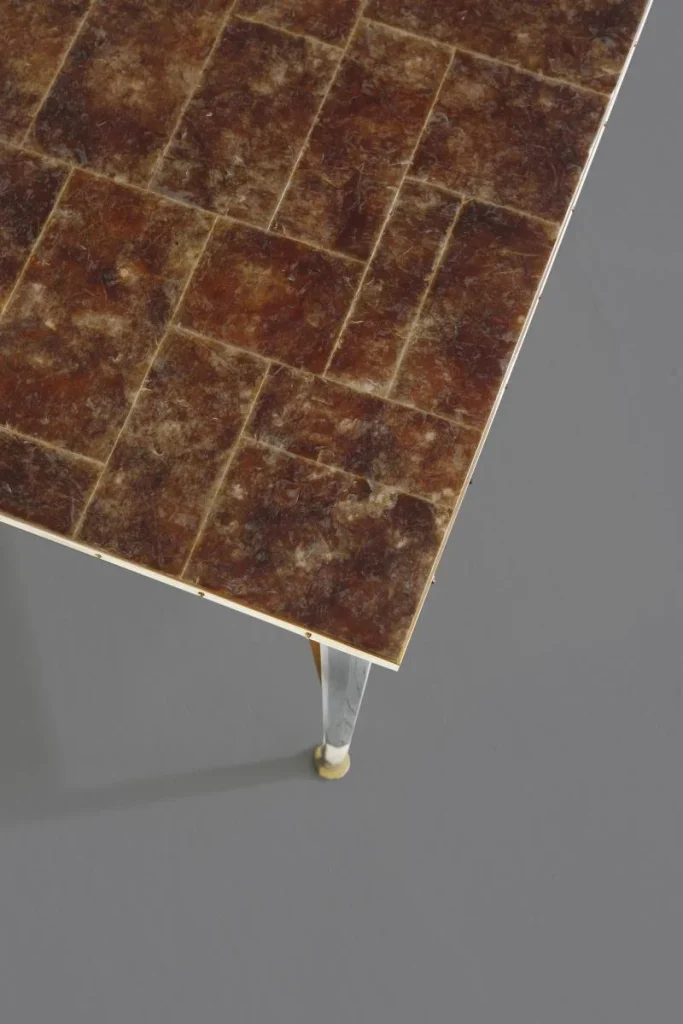
We introduced mica as a new finish on our Alexandria Side Table design last year. Tones of pewter and amber were chosen to give beautiful options inlaid as irregular linear surfaces.
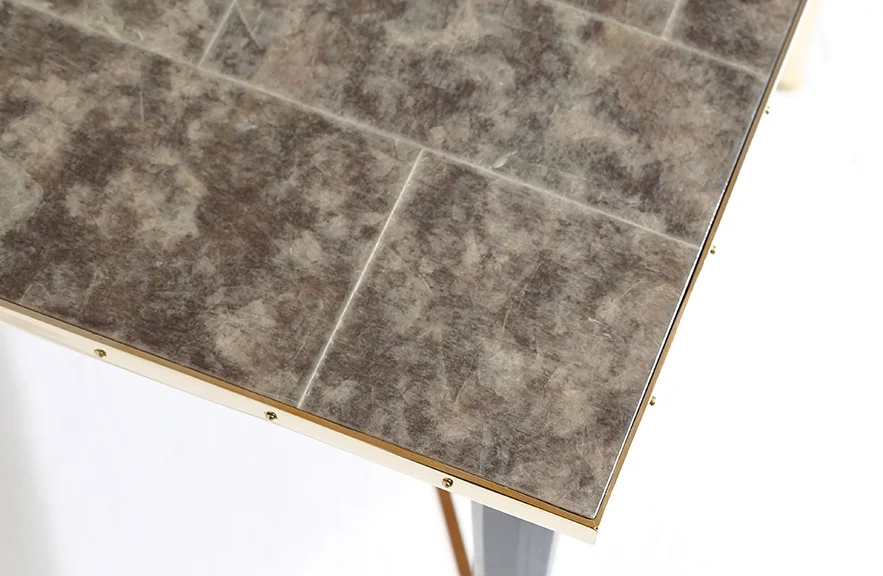
At our Spring launch in Milan this year we introduced a dramatic new chandelier – the Sapucaí – using natural sheets of Mica carefully cut and suspended to animate and reflect the light being emitted. The chandelier was designed by our Brasilian friend Antonio de Motta. Iridescent, lustrous and reflective, the Sapucaí – available in black and gold mica – creates an extraordinary statement in drawing out the butterfly-wing quality of mica and also as a moving, filament-like sculpture that emits light.
“All that glitters is not gold”… some things are even better!
